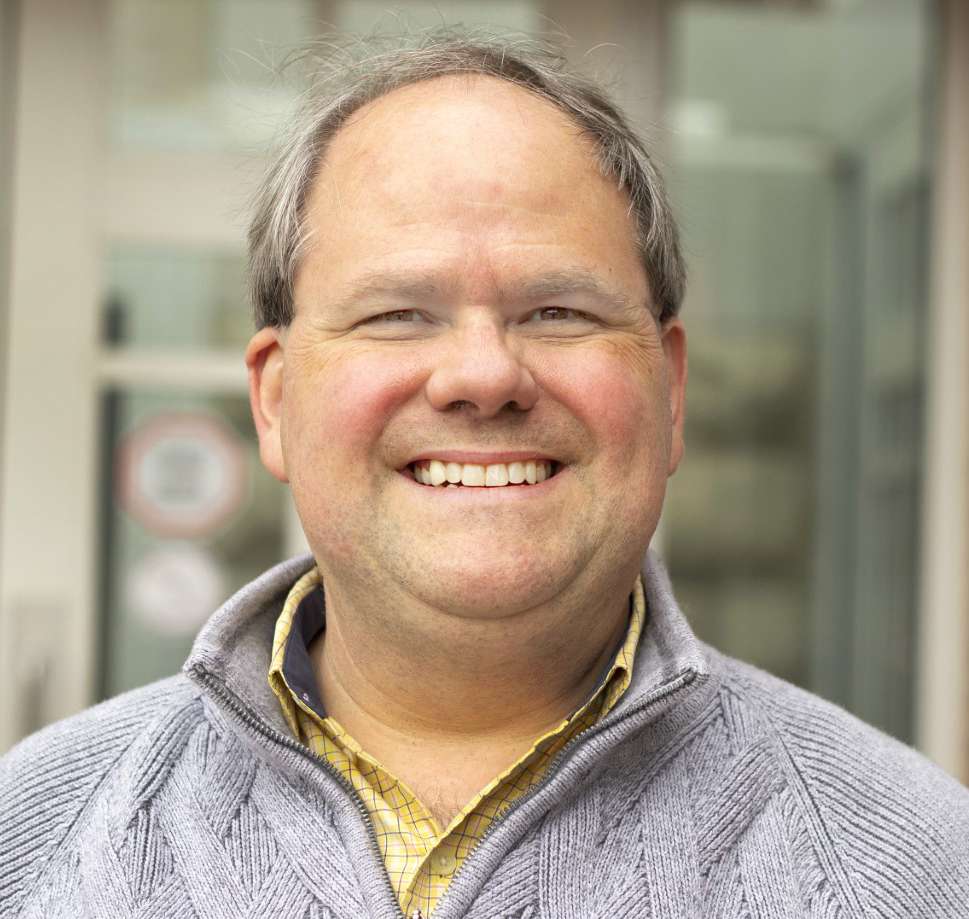
By Michael Smith
Do we need to re-learn how we merge on the freeway? The Kansas Department of Transportation says yes. But are we open to re-thinking something we have done the same way for years?
Since 2016, KDOT has been promoting the “zipper merge” for the construction zones along US 69 in Johnson County. Now, they also want us to use it along sections of K-10 that are under construction between Olathe and Lawrence, near Eudora. They may expand it further.
Around here, most use the early merge. When we see that a lane is closed, we move over into the open lane as quickly as possible. We treat drivers that do not do this as “cheaters.” Any attempt to cut in line may be met with a refusal to open a space, dirty looks, or even a famous, obscene hand gesture. Once, in construction around Olathe, I saw a semi truck driver steer his truck so it was straddling both lanes, just to block these line cutters. Didn’t the teachers in elementary school teach us not to cut in line?
They did, but they also taught us to take turns. The early merge is fine if there is not much traffic, but when things get busy, drivers may slow down looking for a chance to merge early, slowing traffic further or even causing accidents. The zipper merge calls for drivers to stay in their lane until the merge point, and then take turns, one car from each lane at a time, so that the traffic closes up like the teeth of a zipper. No more viewing drivers who stay in the to-be-closed lane as “cheaters,” no more blocking, no more gesturing. Signs warn drivers “Stay in your lane,” and “Take turns merging.”
Traffic is an excellent example of how what we think is intuitively right, is often wrong. It reminds me of a debate I had with a family member when they were younger. Frustrated that we were running late, they suggested that the city needed to re-time the traffic light where we were waiting. I replied that a citywide traffic study might be in order. Baffled, they replied that no such thing was necessary–this particular traffic light need only be reprogrammed. I disagreed. After all, re-timing just one traffic light could cause traffic to back up on the feeder streets, which in turn could cause traffic to back up on the feeder streets to those streets, and so on–a ripple effect that could be felt for many miles.
This complexity is why study of traffic is an academic subject in its own right– just ask the experts at K-State’s University Transportation Center. Traffic flows are complicated, and easing congestion often calls on drivers to re-learn what we think we know, among other changes.
This is policymaking in the real world– complicated, sometimes counterintuitive challenges to our established ways of thinking and doing, which rely on the assumption that people are ready to make the change. Sometimes, half of us embrace the change and half of us do not, creating further confusion if not outright chaos, and making us angry with one another. This helps explain how issues that should not be part of the culture war get sucked into it–issues like gas stoves or Covid-19 protocols.
There are bigger problems in the world today than how we merge at construction sites, but few have such a direct, immediate impact on our everyday lives–or exemplify just how difficult policy change is.





